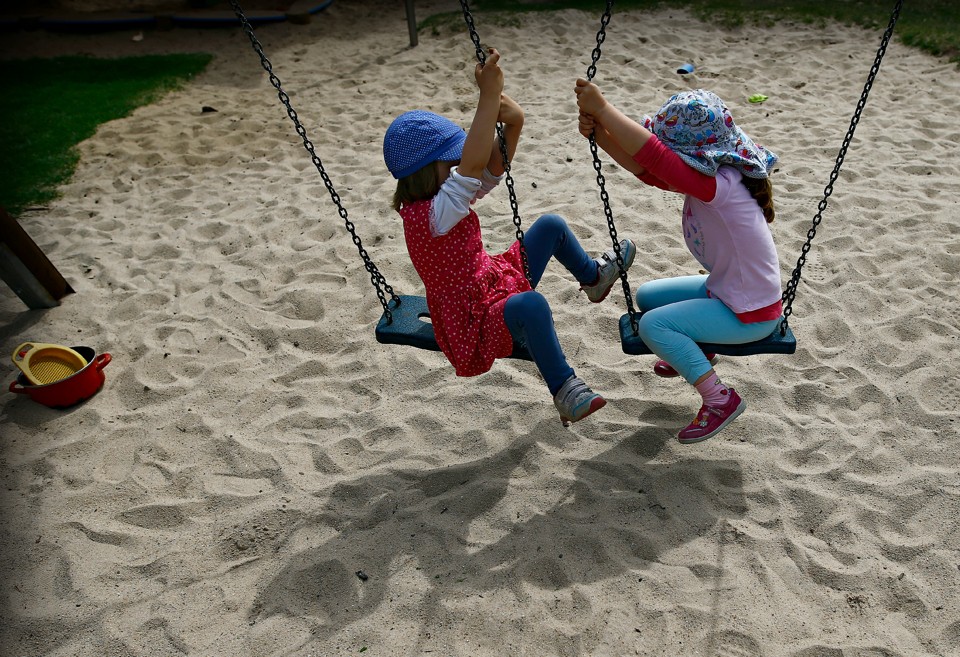Is Special Education Racist?

MORE than six million children in the United States receive special-education services for their disabilities. Of those age 6 and older, nearly 20 percent are black.
Critics claim that this high number — blacks are 1.4 times more likely to be placed in special education than other races and ethnicities combined — shows that black children are put into special education because schools are racially biased.
But our new research suggests just the opposite. The real problem is that black children are underrepresented in special-education classes when compared with white children with similar levels of academic achievement, behavior and family economic resources.
The belief that black children are overrepresented in special education is driving some misguided attempts at policy changes. To flag supposed racial bias in special-education placement, the United States Department of Education is thinking of adopting a single standard for all states of what is an allowable amount of overrepresentation of minority children.
If well-intentioned but misguided advocates succeed in arbitrarily limiting placement in special education based on racial demographics, even more black children with disabilities will miss out on beneficial services.
Black children face double jeopardy when it comes to succeeding in school. They are far more likely to be exposed to the gestational, environmental and economic risk factors that often result in disabilities. Yet black children are less likely to be told they have disabilities, and to be treated for them, than otherwise similar white children.
About 65 percent of black children, compared with about 30 percent of white children, live in families with incomes below 200 percent of the poverty line. From 1985 to 2000 about 80 percent of black children grew up in highly disadvantaged neighborhoods characterized by widespread unemployment, racial segregation, poverty, single-parent households and welfare.
Thirty-six percent of inner-city black children have elevated levels of lead in their blood. The figure for suburban white children is only 4 percent. Black children are about twice as likely to be born prematurely and three times more likely to suffer from fetal alcohol syndrome.
In a study published today, we report that the under-diagnosis of black children occurs across five disability conditions for which special services are commonly provided — learning disabilities, speech or language impairments, intellectual disabilities, health impairments and emotional disturbances. From the beginning of kindergarten to the end of eighth Is Special Education Racist? - The New York Times:
| |||||
|

